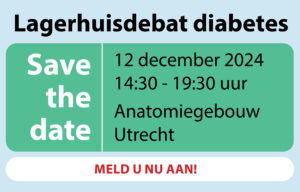Perfluoroalkyl and polyfluoroalkyl substances (PFASs) are suspected endocrine disruptors widely detected across populations. We examine the extent to which PFASs are associated with diabetes incidence and microvascular disease. Secondarily, we tested whether a lifestyle intervention modifies associations and decreases concentrations.
We analyzed data from a prospective cohort of 957 participants from the Diabetes Prevention Program (DPP) trial and Diabetes Prevention Program Outcomes Study (DPPOS). At baseline, participants were randomized to an intensive lifestyle intervention of diet, physical activity, and behavior modification or a placebo medication. We quantified plasma concentrations of six PFASs at baseline and 2 years after randomization. Participants were monitored for ~15 years, repeatedly tested for diabetes, and evaluated for microvascular disease at the end of the follow-up.
A doubling in baseline branched perfluorooctanoic acid concentration was associated with a 14% increase in diabetes risk for the placebo (hazard ratio [HR] 1.14, 95% CI 1.04, 1.25) but not in the lifestyle intervention group (HR 1.01, 95% CI 0.92, 1.11, Pinteraction = 0.11). Mean change in plasma baseline branched perfluorooctanoic acid concentration was greater for the placebo (0.96 ng/mL; 95% CI 0.71, 1.22) compared with the lifestyle intervention group (0.31 ng/mL; 95% CI 0.14, 0.48) 2 years after randomization. Each doubling in N-ethyl-perfluorooctane sulfonamido acetic acid was associated with 17% greater odds of prevalent microvascular disease (OR 1.17, 95% CI 1.05, 1.31), and a similar association was observed for perfluorodimethylhexane sulfonic acid (OR 1.18, 95% CI 1.04, 1.35), regardless of treatment.
Some plasma PFASs were associated with diabetes and microvascular disease. Our results suggest that exercise and diet may attenuate the diabetogenic association of PFASs.


